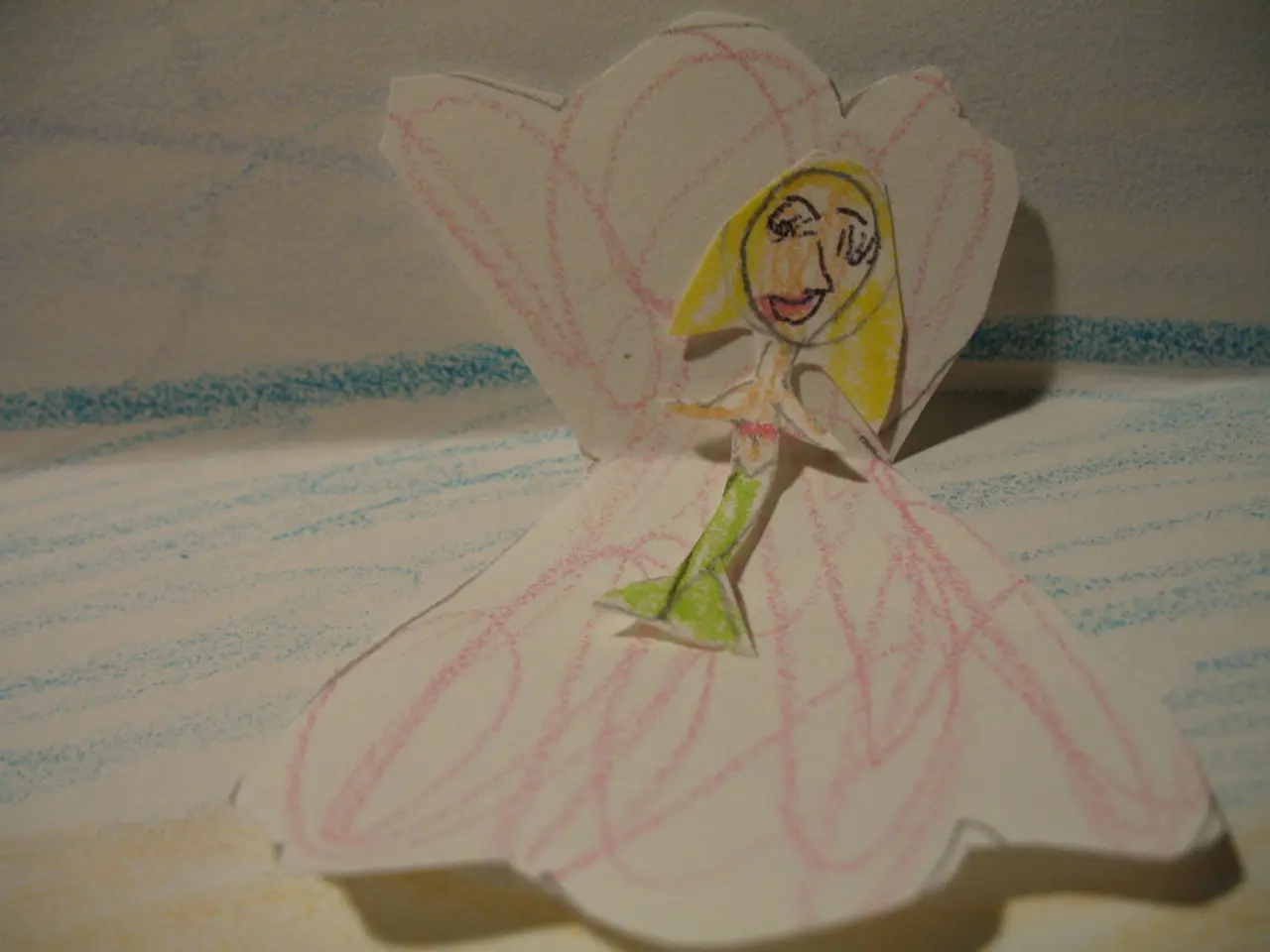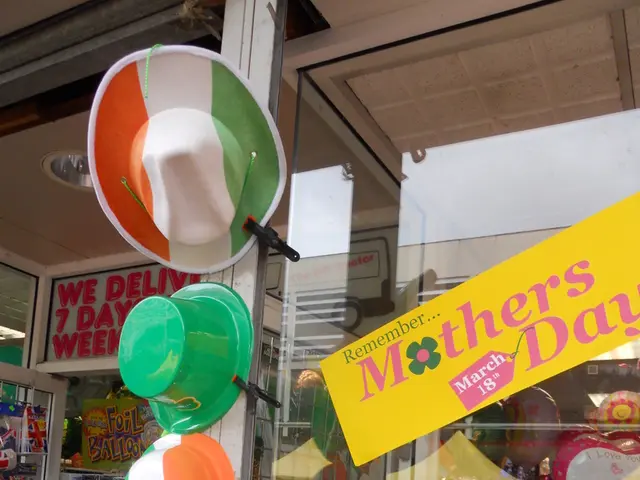Fun Crafty Projects for Children: Enhance Fine Motor Abilities and Education through Collage
Article: Developing Fine Motor Skills in Young Children with Cut and Paste Activities
Cut and paste activities are a fun and engaging way to help young children develop essential fine motor skills, hand-eye coordination, and early cognitive abilities like sorting and classification. This article provides a guide for age-appropriate cut and paste activities for toddlers, preschoolers, and kindergarteners.
Toddlers (around 2-3 years)
Simple cut and paste tasks involving large, easy-to-handle pieces of paper or pre-cut shapes help develop basic scissor skills and hand strength. Activities typically include pasting big colorful shapes or assembling simple crafts with minimal cutting.
Preschoolers (3-5 years)
More detailed crafts like the rocket ship cut and paste allow children to cut smaller parts and assemble a recognizable object, encouraging fine motor skills, attention to detail, and creativity. Alphabet cut and paste worksheets are also effective at this stage, combining letter recognition with scissor practice.
Kindergarteners (5-6 years)
More complex sorting and classification cut and paste activities build early math and cognitive skills. For example, sorting cut outs where children cut different pictures (animals, vehicles, fruits) and paste them into categories develop visual discrimination, logical thinking, and categorization abilities.
To ensure a safe and enjoyable experience for all, it is recommended to use age-appropriate scissors. For preschoolers, scissors with metal blades but blunt tips and a spring-action are suitable. Standard child-sized scissors with a comfortable grip are appropriate for kindergarteners. Safety scissors with blunt tips and plastic blades are suitable for the youngest children.
Using colorful printables and hands-on projects like themed crafts (rocket ships, witches, letters) can keep children motivated and provide meaningful skill practice. Creating "cutting zones" and "gluing zones" can help manage materials. Washable glue and markers make for easy cleanup, while using glue sticks can reduce mess and be easier for small hands to control.
For children who struggle with cutting, practicing snipping playdough or straws before moving to paper can be helpful. Starting with thicker paper that provides more resistance can also help. Drawing thick, bold lines for cutting paths can provide a visual guide for children who struggle with cutting.
Incorporating learning objectives into cut and paste activities can make them educational. For example, a fruit sorting activity can reinforce early math skills by asking children to count the number of fruits in each category. Providing examples of completed projects can inspire children and give them a clear goal to work towards.
Keeping a small trash container nearby for scraps can help with cleanliness. Working with 3-4 children at a time for better supervision is also recommended. Demonstrating steps before children begin working can help with organization.
Pre-cut options can be useful for younger children or time-limited sessions. Printable resources are provided in the guide to begin cut and paste activities right away. Plastic trays can contain scraps and materials within a defined space, making cleanup easier.
Cut and paste activities offer a perfect blend of fun, creativity, and learning for young children. With the right materials and age-appropriate activities, these activities can help children develop the essential fine motor skills they need for future success.
- Incorporating elements of fashion-and-beauty, such as themed crafts like witches, can keep children motivated during cut and paste activities.
- For upholding both safety and fun in cut and paste activities, consider using age-appropriate scissors: blunt-tipped plastic scissors for toddlers, spring-action metal scissors for preschoolers, and standard child-sized scissors for kindergarteners.
- To make cut and paste activities more educational, incorporate learning objectives such as education-and-self-development topics, like a fruit sorting activity that reinforces early math skills.




